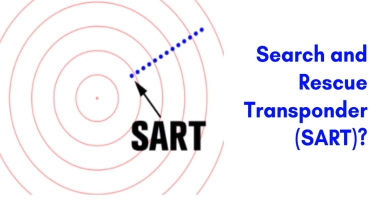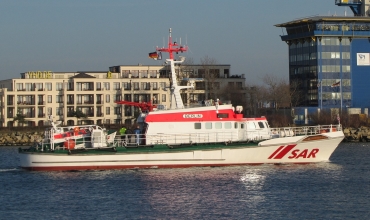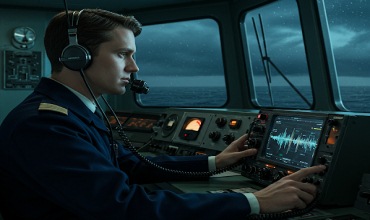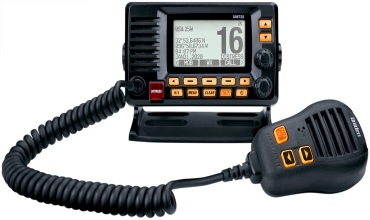Marine VHF Radio Communication: Enhancing Clarity and Efficiency
Marine VHF radio serves as a critical tool for marine connection, facilitating both routine operations and crisis responses. Effective use of VHF receiver hinges on adherence to standardized calling methods, which ensure messages are conveyed clearly and concisely. By employing structured protocols, such as the internationally recognized International Maritime Organization (IMO) guidelines, engineers areable to minimize ambiguity and maximize ability in transmissions. It is particularly vital in high-stress urgent situations, where rapid and accurate contact can be lifesaving.
Emergency Radio Calling Procedures: A Lifeline at Sea
In extremity scenarios, the proper execution of VHF radio calling ways becomes paramount. The Mayday and Pan-Pan distress calls, to instance, are governed by strict formats to ensure immediate recognition and response. Mechanics must prioritize brevity, clarity and repetition to overcome potential interference or language barriers. Training in these procedures not only enhances individual preparedness but also contributes to the overall safety of maritime communities by fostering a unified response framework.
Optimizing Routine Communication: Best Practices for Capability
Beyond emergencies, routine Very High Frequency radio connection demands precision to avoid congestion on shared frequencies. Adherence to protocols such as the ITU Radio Regulations and the use of standardized phraseology reduce the likelihood of misunderstandings. Operators should also employ techniques like listen before transmit and acknowledgment course of actions to maintain channel discipline. By integrating these practices, seafaring professionals can ensure that VHF receiver remains a reliable and efficient medium for both operational coordination and safety-critical exchanges.




